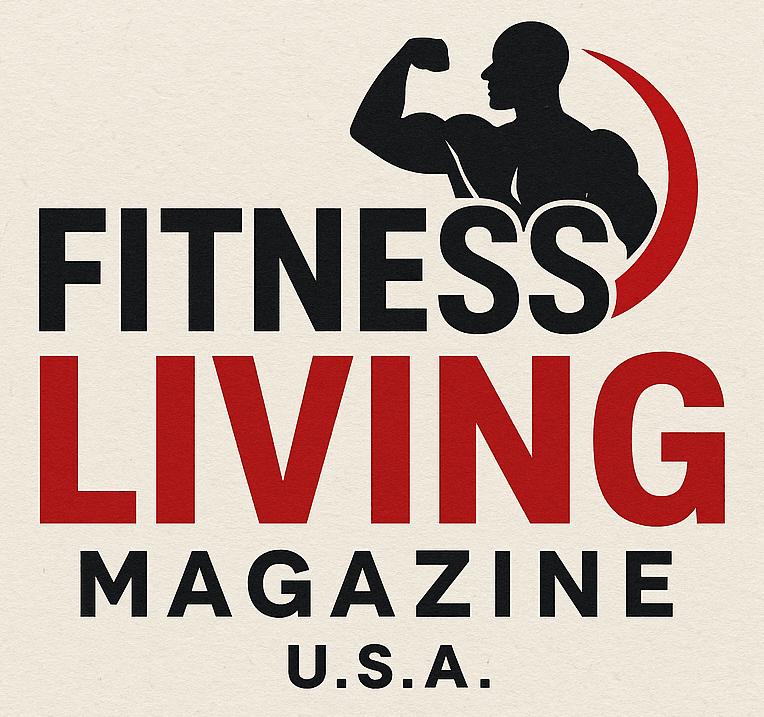
Revolutionize Your Dinner: The Half-Plate Veg Method
As the sun sets and the clock ticks toward dinner, the overwhelming question often arises: What should I cook? The Half-Plate Veg method offers a simple yet effective solution. By dividing your plate into three zones—half non-starchy vegetables, one quarter lean protein, and the remaining quarter for whole grains or starchy vegetables—you can significantly cut calories while elevating nutrient intake.
Why Half Your Plate Should Be Veggies
The guiding principle behind this method is deceptively straightforward: filling half your plate with non-starchy vegetables allows for larger portions of low-calorie items. Studies have shown that adopting this strategy not only promotes fullness but also naturally leads to a reduction in overall calorie consumption, which is crucial for those aiming to manage their weight (1). Vegetables are proverbial powerhouses, rich in water and fiber and helping to regulate appetite, resulting in more satisfying meals (3).
The Power of Visual Cues in Eating Habits
As highlighted by various management experts, the Half-Plate Veg method serves as an effective visual guide that removes the need for complicated math regarding nutrition. Each meal essentially becomes micro-managed by the plate itself, supporting better choices without the stress of calorie counting (2). Just envision your plate as a clock: the veggies take up the 12 to 6 sections, protein fills 6 to 9, while starch occupies 9 to 12. This visual cue simplifies meal prep and encourages healthier meals, especially beneficial after a busy day when mental clarity might be diminished.
A Quick Guide to Building Your Meal
Constructing a meal using the Half-Plate Veg method is easy and can be done in three simple steps:
- Fill half with vegetables: Think vibrant colors and nutrient density. A mix of fresh or frozen veggies is perfect. Sauté up some spinach and mushrooms or toss a fresh salad to meet your veggie needs.
- Add a lean protein: Options like rotisserie chicken, salmon, or plant-based proteins such as tofu or chickpeas can ensure your meal is fulfilling. Aim for a palm-sized portion, which is usually enough to satisfy without being overwhelming.
- Finish with a sensible starch: Whole grains like quinoa, brown rice, or even a little sweet potato can round off your plate and keep your energy steady.
Smart Meal Prep for Success
One of the method’s key strengths is its adaptability. For those short on time, consider cooking large batches of roasted vegetables at the start of the week. These can easily be reheated during the busyness of weekdays. Not only does this make dinner prep significantly faster, but it also guarantees a consistent intake of nutrients with very little additional effort (1). The idea is to have quick access to balanced options, thus easing the journey toward healthier eating.
Debunking the Myths Around Vegetable Consumption
Despite popular belief, incorporating more vegetables into your diet doesn’t have to mean sacrificing flavor. Many people shy away from vegetables due to misconceptions about their taste or difficulty in preparation. However, blending veggies into sauces or smoothies, using fermented options like kimchi, and substituting carbs with veggie-based alternatives can enhance meals and introduce nutrients without compromising on taste (4).
The Bigger Picture: Improving Long-Term Health
The Half-Plate Veg method also aligns with dietary approaches like the Mediterranean diet, which has been associated with lower risks of chronic diseases, including heart disease and diabetes (5). By prioritizing vegetables, individuals are more likely to enjoy a range of health benefits that extend beyond just weight loss, contributing to enhanced energy levels, improved digestion, and better overall well-being.
As Daisy Mercer, a dietitian with MyFitnessPal, notes, building your dinner around this plate layout can ease the stress that often accompanies meal choice: “The plate does the work for you, which is a relief after a long day.”
A Call to Action
Implement the Half-Plate Veg method into your household and encourage your gym members and clients to do the same. Observing this simple method can vastly improve nutritional intake while making meal times less of a chore. In this way, we can support one another in establishing healthier eating habits.
 Add Row
Add Row  Add
Add 



Write A Comment